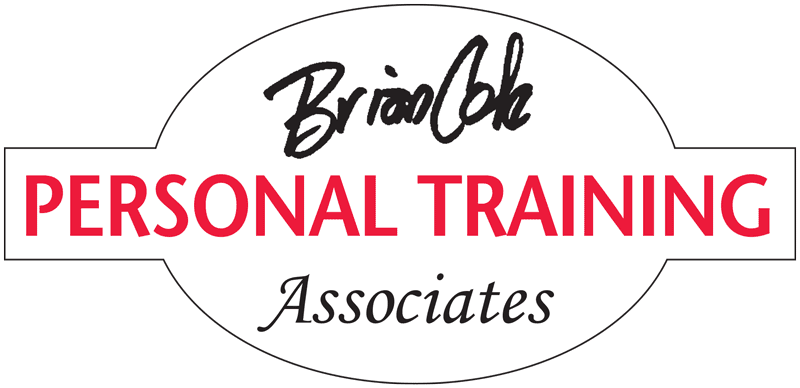…and the finest man I’ve known. So I’ve always held that profession in my highest respect. Life’s circumstances, my self-indulgences and a family to support early in adulthood led me along until the opportunity came for a career change. While it wasn’t practical for me to even consider the time and education needed to become a physical therapist, I tried to emulate that work as well as I could. Because I’m often asked about the differences, I’ll try to clarify that in a minute.
When I started this profession more than 20 years ago, personal fitness training nationally was more about physiques and visible muscles (and some of it still is). That was not my vision. I started with anatomy/physiology studies, massage therapy school and earned my Virginia Massage Therapist Certification. Then a number of National Certifications in Personal Fitness Training. The result is a personal training practice built on helping folks improve themselves (not about posing on stage in a bikini).
Rehabilitation work can start as early as the day after surgery/injury and is where physical therapy begins. When in the U.S. Army for instance, my father saw patients within 24 hours of leaving the battlefield. This is crucial, highly skilled work done by qualified physical therapists and lasts as long as is necessary (or today as long as the insurance coverage says is necessary).
That’s where we come in and here’s the differences clarification I mentioned earlier: “Post-rehabilitation” is what we’re qualified to do. And we do it well. Over the years we’ve gradually (just following demand) added some of the top professional trainers anywhere. We’re all well educated in post-rehab work involving a variety of challenges. Also, while physical therapists primarily work with and motivate people who are there due to injury, surgery, illness and other conditions, we are so fortunate to spend every day helping people who have chosen to do what’s necessary to improve their quality of life. Some are following up their rehabilitation and some are people from all different levels of personal conditioning. So while I’ll always respect what physical therapists do, I also respect our clients. From teenagers into their 80s, our clients are positive can-do people who are doing what’s necessary to live a healthier (therefore, more enjoyable) life. That’s who we get to help. Every day. Those of you who work with or are routinely around people who whine, complain, blame others for their problems, are angry about a variety of stuff, etc., will appreciate this: every hour of every day we help folks who, though in some cases have had unfortunate health compromises dealt to them, accept responsibility for themselves and are choosing to do all they can to improve. They set such a fine example for their families, friends and acquaintances. These people represent the best of us.
When our 24-hour news (of mostly negative info, of course) could make us think it’s all coming apart, we get to spend our days with people we respect and appreciate. This is, to all of us, the best “work” possible. So many others are also in helping professions, and I’m sure many feel they’ve found their calling. We definitely have found ours. And we’re thankful to have meaningful purpose in what we do every day.

